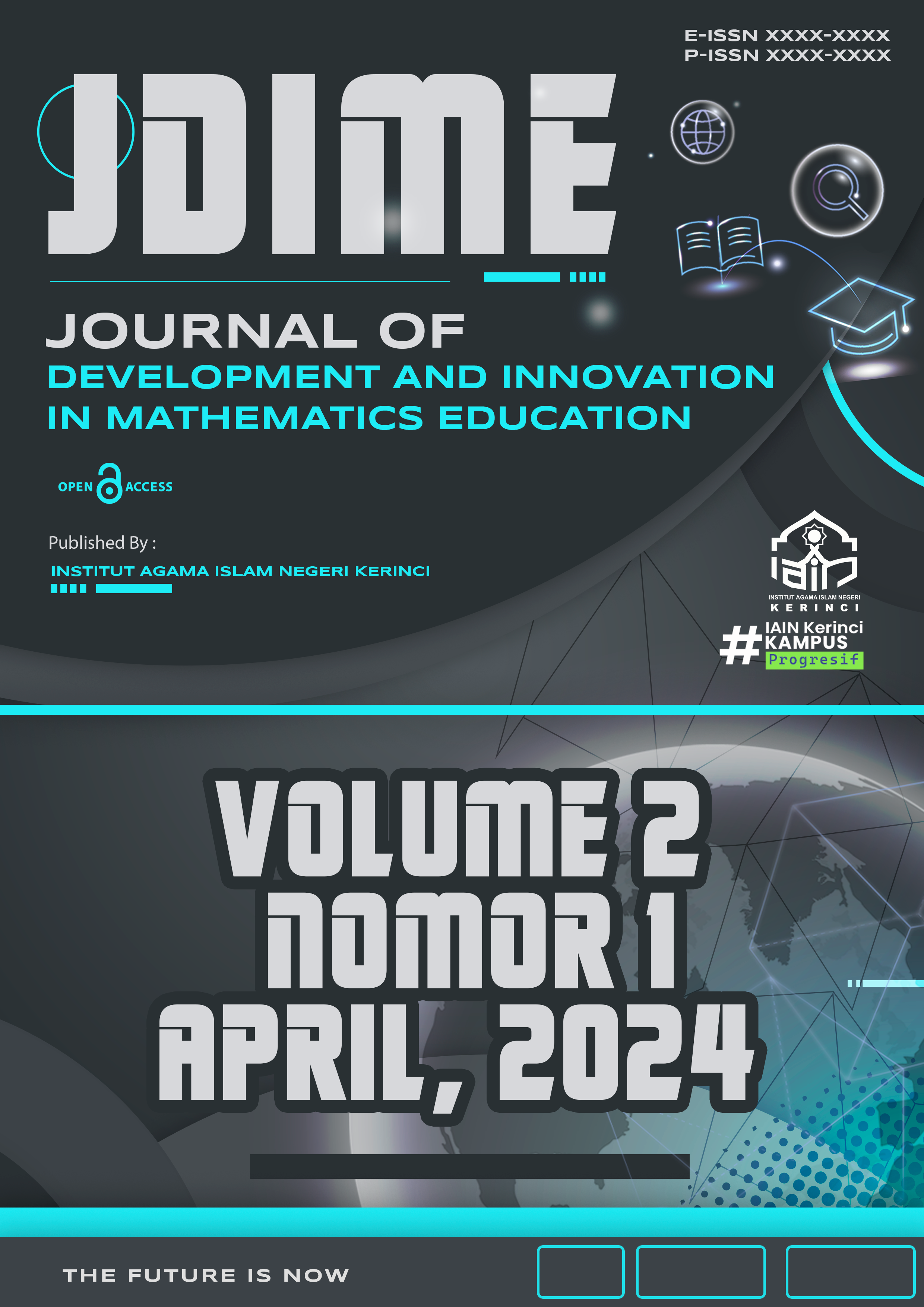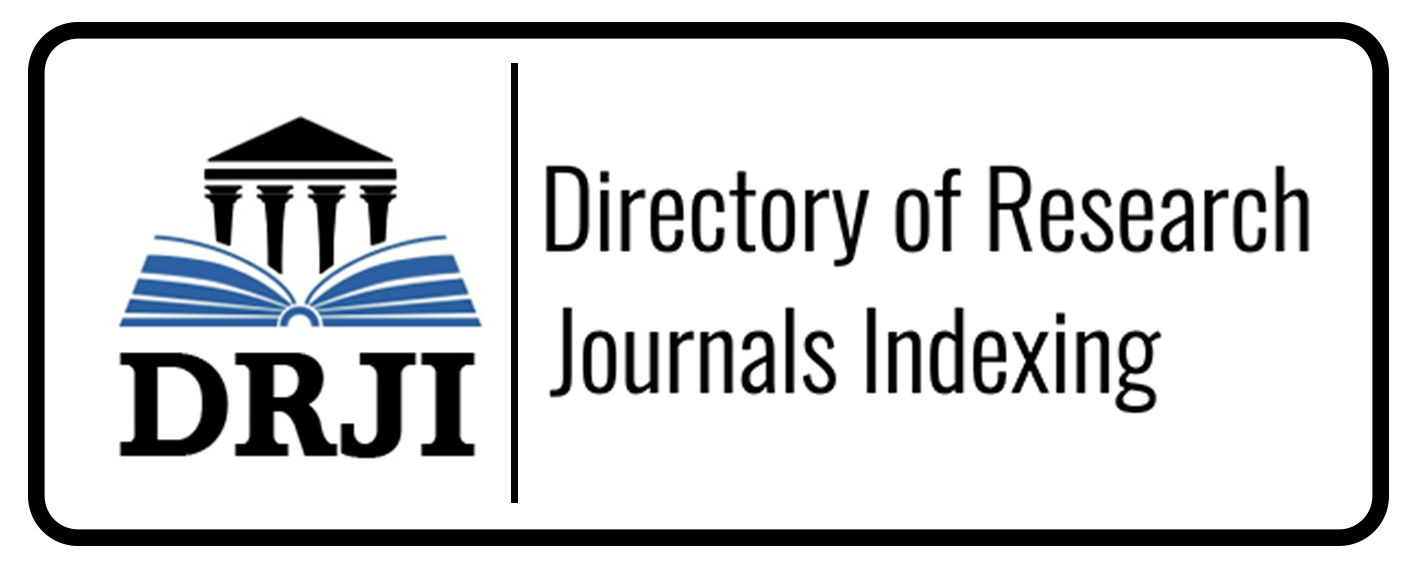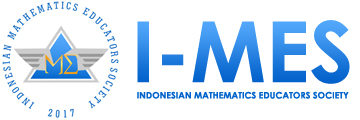Development of Geogebra Mathematics Learning Media on Exponential and Logarithmic Function Topics
Abstract
Information Technology really supports the teaching and learning process in mathematics learning, but in reality there are still very few teachers who use ICT in learning activities, even though if teachers use ICT in the learning process it can help students and teachers in learning mathematics. This research aims to determine the effect of multimedia mathematics learning assisted by the Geogebra application on students' conceptual understanding of exponential and logarithmic function material. The research method used is Research and Development (R&D), referring to the ADDIE development model. The subject of this research was carried out at SMA Negeri 1 SILIMAKUTA class X-3. The instruments used are student online response questionnaires, teacher online response questionnaires. Based on the results of testing the development of teaching materials assisted by Geogebra in learning exponential and logarithmic functions, from all aspects of statements from student response questionnaires and teacher responses, the average response percentage was 89.7%. Thus, the high percentage of student responses proves that the development of mathematics learning media assisted by Geogebra can increase students' understanding of concepts and can be used effectively and practically as an additional reference for mathematics learning media, especially material on exponential and logarithmic functions. The implication is that if every lesson uses the right media, it will increase students' learning motivation and improve their learning achievement.
Downloads
References
Arofah, & Rahmat. (2019). Pengembangan bahan ajar berbasis ADDIE model. Education Journal, 3(1). https://doi.org/10.21070/halaqa.v3i1.2124
Arzarello, F., Ferrara, F., & Robutti, O. (2012). Mathematical modelling with technology: The role of dynamic representation. In G. Kaiser, W. Blum, R. Borromeo Ferri, & G. Stillman (Eds.), Teaching mathematical modelling: Connecting to research and practice (pp. 119-128). Springer. https://doi.org/10.1007/978-3-642-29832-3_13
Asfar, A. M. I. T., Asmawaty, A., & Nursyam, A. (2019). Mathematical concept understanding: The impact of integrated learning model. Al-Jabar: Jurnal Pendidikan Matematika, 10(2), 211-222. https://doi.org/10.24042/ajpm.v10i2.3880
Dogan, M., & Alkan, A. (2020). The effects of dynamic mathematics software on student achievement and engagement: A meta-analysis. International Journal of Mathematical Education in Science and Technology, 51(6), 834-854. https://doi.org/10.1080/0020739X.2019.1680401
Durmuş, S., & Karakırık, E. (2006). Virtual manipulatives in mathematics education: A theoretical framework. The Turkish Online Journal of Educational Technology, 5(1), 117-123. https://doi.org/10.17051/io.2016.0007
Fahlberg-Stojanovska, L., & Stojanovski, V. (2009). GeoGebra—freedom to explore and learn. Teaching Mathematics and Its Applications: An International Journal of the IMA, 28(2), 69-72. https://doi.org/10.1093/teamat/hrp008
Hadi, S., & Novaliyosi. (2019). TIMSS Indonesia (Trends in International Mathematics and Science Study). Prosiding Seminar Nasional & Call For Papers Program Studi Magister Pendidikan Matematika Universitas Siliwangi, 562-569. https://doi.org/10.31097/psn.v1i1.103
Novelza, I. D., & Handican, R. (2023). Systematic Literature Review: Apakah Media Pembelajaran Mampu Mempengaruhi Hasil Belajar Matematika?. Griya Journal of Mathematics Education and Application, 3(1), 11-22.
Hohenwarter, M., Hohenwarter, J., & Lavicza, Z. (2009). Introducing dynamic mathematics software to secondary school teachers: The case of GeoGebra. Journal of Computers in Mathematics and Science Teaching, 28(2), 135-146. https://doi.org/10.1080/0020739X.2009.10471352
Kemendikbud. (2013). Permendikbud No. 65 tentang Standar Penilaian Pendidikan. Jakarta: Kementerian Pendidikan dan Kebudayaan. https://doi.org/10.31097/kemdikbud.v1i1.014
Kemendiknas. (2016). Permendiknas No. 22 tahun 2016 tentang Tujuan Pembelajaran Matematika. Jakarta: Kementerian Pendidikan Nasional. https://doi.org/10.31097/kemdiknas.v1i1.022
Mulyasa. (2012). Pengembangan bahan ajar matematika dengan memanfaatkan GeoGebra untuk meningkatkan pemahaman konsep. GAUSS: Jurnal Pendidikan Matematika, 1. https://doi.org/10.31097/gauss.v1i1.001
Mulyatiningsi, E. (2011). Praktik penelitian tindakan kelas (Cet. V). Bandung: Remaja Rosdakarya. https://doi.org/10.31097/mulyatiningsi.v1i1.001
Nanang, Priatna, & M. Arsani. (2019). Media pembelajaran matematika dengan GeoGebra. Bandung: PT Remaja Rosdakarya. https://doi.org/10.31097/nanang.v1i1.003
NCTM. (2000). Principles and standards for school mathematics. USA: NCTM. https://doi.org/10.31097/nctm.v1i1.2000
Piaget, J. (1952). The origins of intelligence in children. International Universities Press. https://doi.org/10.1037/11167-000
Triyono, & Suparman. (2019). Inquiry-based worksheet design to improve critical thinking of students in Indonesia. International Journal of Scientific and Technology Research, 8(10), 1183-1187. https://doi.org/10.31097/triyono.v1i1.008
Vygotsky, L. S. (1978). Mind in society: The development of higher psychological processes. Harvard University Press. https://doi.org/10.2307/2804509
Zengin, Y., Furkan, H., & Kutluca, T. (2012). The effect of dynamic mathematics software GeoGebra on student achievement in teaching of trigonometry. Procedia - Social and Behavioral Sciences, 31, 183-187. https://doi.org/10.1016/j.sbspro.2011.12.037
Copyright (c) 2024 Hendra Cahyadi Manurung, Jhosua Berutu, Leonardo Turnip, Putra Paulus Glenn Niel Sinurat, Fevi Rahmawati Suwanto

This work is licensed under a Creative Commons Attribution 4.0 International License.



























 JDIME: Journal of Development and Innovation in Mathematics Education (e-ISSN
JDIME: Journal of Development and Innovation in Mathematics Education (e-ISSN 
